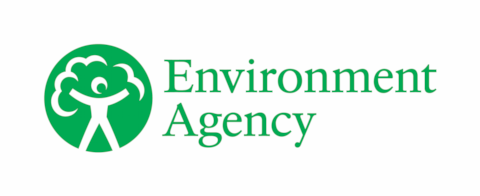Kent and South London water situation: January 2025 summary
Published 12 February 2025
Applies to England
1. Summary
The whole of the Kent and South London (KSL) area received 144% of the long-term average (LTA) rainfall during January. Rainfall received was above normal across most catchments. The Lower Mole and Medway catchments experienced the fourth and fifth wettest 12-month periods on record, respectively. At the end of January, soil moisture deficits (SMDs) were zero in all catchments, except for the Thanet Chalk in the northeast of KSL. On average, effective rainfall received this month was at 157% of the LTA. Monthly mean flows (MMFs) ranged from normal to above normal in January in KSL. Eight out of the eleven key flow sites saw above normal MMFs. Groundwater levels in the Chalk continued to increase at the expected rates across the KSL area and are predominantly normal for this time of year. The Lower Greensand aquifer at Riverhead continued to register groundwater levels that are notably high. Levels at the end of the month at the five water company reservoirs in the area ranged from below normal to above average.
2. Rainfall
The whole of the KSL area received 144% of the LTA rainfall during January. Rainfall received was above normal across most catchments. The percentage of LTA rainfall received ranged from 169% across Lower Mole rainfall area to 136% in the Thanet Chalk and Sheppey rainfall areas. The Lower Mole and Medway catchments experienced the fourth and fifth wettest 12-month periods on record, respectively. The highest daily rainfall total of 33.6mm for January was recorded at Brede PS TBR in the Eastern Rother catchment on 4 January. The next highest daily rainfall totals were on 26, 5, 1 and 23 January and ranged from 30.9mm to 19.7mm. Five days with less than 0.2mm of rainfall were recorded this month, mostly during the dry spell in the middle of the month.
3. Soil moisture deficit and recharge
At the end of January, SMDs were zero in all catchments, except for the Thanet Chalk in the northeast of KSL. Although the Thanet Chalk registered twenty-four millimetres of SMDs, this is still below the LTA for this catchment. SMDs decreased in most catchments in January due to the increase in the effective rainfall received. Across the whole area, on average, effective rainfall received this month was at 157% of the LTA. In January, the difference from LTA decreased in most catchments.
4. River flows
MMFs ranged from normal to above normal in January in KSL. River Ravensbourne at Catford in the northwest, Great Stour River at Horton and River Dour at Crabble Mill in the east saw normal flows. Eight out of the eleven key flow sites saw above normal MMFs. River Eden at Vexour/Penshurst recorded the highest MMF highest percentage LTA of 158% for the month of January. River Ravensbourne at Catford recorded the lowest percentage LTA of 105%.
5. Groundwater levels
Groundwater levels in the Chalk are now predominantly normal for this time of year at the end of January. Only levels at Riddles Lane and Chipstead are still being registered as above normal. The Lower Greensand aquifer at Riverhead continued to register groundwater levels that are notably high. Groundwater levels in the Chalk continued to increase at the expected rates across the KSL area. The rise in groundwater levels is consistent with the effective rainfall of 157% of the LTA and the SMDs registered by the end of January. However, the rate of rise was steadied by the drier spell in the middle of the month.
6. Reservoir stocks
At the end of January, reservoir levels were:
- below normal at Bough Beech at 92%
- normal at Bough Beech with 94% and Bewl at 88%
- Weir Wood and Powdermill reservoirs were full at the end of this month. Weir Wood reservoir remained offline during January
7. Environmental impact
Thirty-one fluvial flood alerts and ten flood warnings were issued in January.
Author: Groundwater and Hydrology Team, ksl.gwh@environment-agency.gov.uk
Contact Details: 03708 506 506
All data are provisional and may be subject to revision. The views expressed in this document are not necessarily those of the Environment Agency. Its officers, servants or agents accept no liability for any loss or damage arising from the interpretation or use of the information, or reliance upon views contained in this report.

